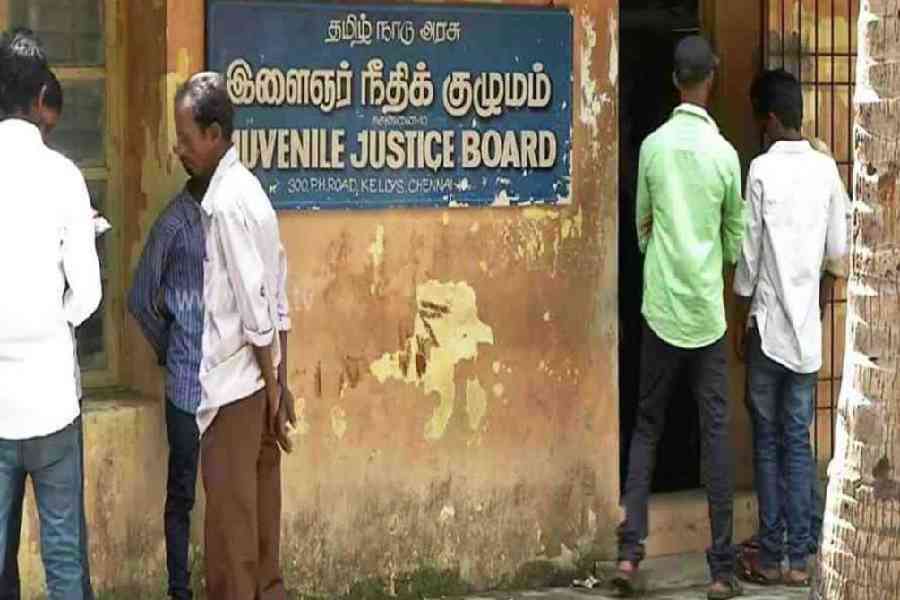Book: JUVENILE, NOT DELINQUENT: CHILDREN IN CONFLICT WITH THE LAW
Author: Enakshi Ganguly with Kalpana Purushothaman and Puneeta Roy
Publication: Speaking Tiger
Price: ₹399
The discussions that followed reading The Bishop’s Candlesticks by the Scottish playwright, Norman McKinnel, in grade nine are etched in my memory. My English teacher was curious to know if the 14-year-old children she was teaching believed in giving the thief a second chance. Most of us said “no”. Punishment, we’d argued, may reform the thief.
It will not be erroneous to extrapolate this line of thinking to society: limited understanding and unconscious bias make citizens arrive at such a decision, especially when it involves criminal activity. The matter is further complicated when the offender happens to be a child. Deterministic questions — should anyone be exempt from punishment just because they are underage? — plague one’s mind. This book navigates this tricky terrain to help laypersons understand the law pertaining to child convicts.
This terrific and timely volume is divided into two parts. In the first part, Enakshi Ganguly critically looks at the language constructed around juvenile justice, the ambiguity surrounding the selection of the age at which one is assumed to be an adult (18), and why one shouldn’t give up fighting for the rights of children. Her writing is sharp and supported by clear, concrete arguments and real-life examples. She articulates that there are two categories that the Juvenile Home recognises: “children who are in need of care and protection (CNCP) and those who are in conflict with the law (CICL).” The book only deals with the latter. She notes that while these children “need… psycho-social support to recognise the harm they have caused and the consequences of their actions to the people they have harmed,” what they get in return is prejudice, hatred, and social ostracisation.
One of the most interesting arguments she proffers addresses the dilemma of treating a juvenile offender as a child or an adult. Ganguly cites several psychologists who claim that there’s no certain way to determine the “adult frame of mind.” But I’d like to invoke Amia Srinivasan’s critical observation from The Right to Sex: “… a childhood [is never] untouched by the world of adults and adult desires.” If one were to investigate every case in the book, it’d be clear that children are set up for failure in the adult-run world. Shouldn’t the law be supportive of them? Ironically, it tries them.
Part two is interesting and emotive. “Moving On” by Kalpana Purushothaman is an excellent reminder of why child offenders deserve a second chance, while Puneeta Roy’s “’Main Bhi Insaan Hoon’” helps strengthen the belief in creative expression and community-building.
The biggest takeaway is to be involved in whichever way one could and let go of a prejudiced mindset when dealing with children.











